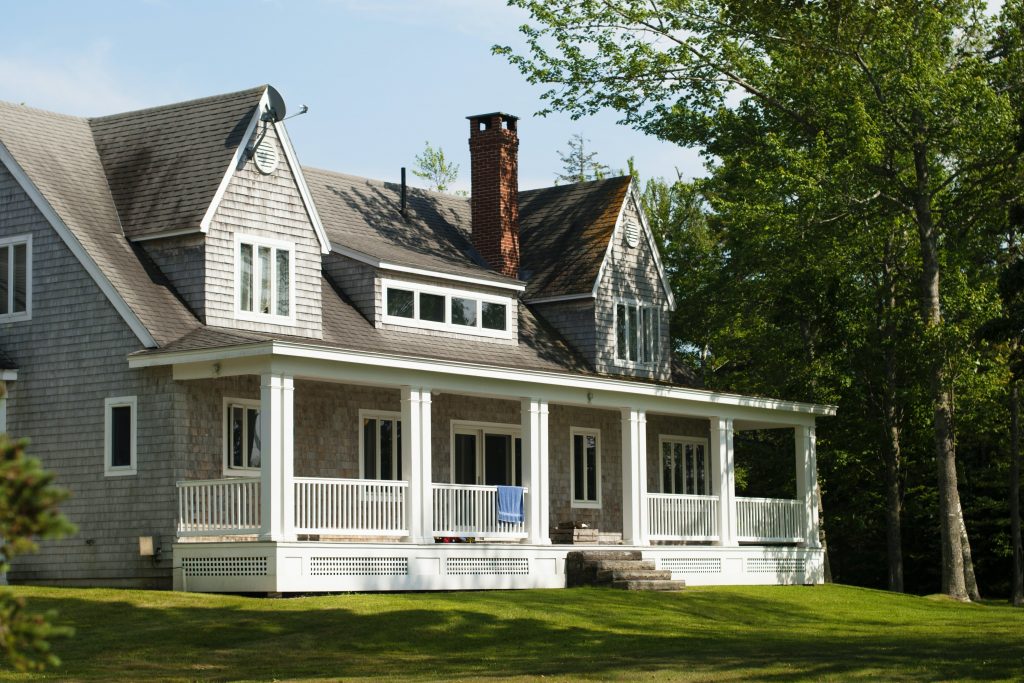When the chilling weather sets in, everyone remembers their home’s heating system. The system has to endure heavy use for the next several months.
But, is the heating system in good shape to keep your home warm throughout the freezing winter?
The furnace is the central part of your home’s heating system, if it breaks down in the middle of winter, the experience can never be pleasant. Ensuring that everything is functional through regular checks and proper maintenance can save you loads of unwanted stress and costs.
So, how often should you replace a furnace for optimal, uninterrupted service? Well, different experts and manufacturers will give varying timelines on how often to replace a furnace. The one thing they all agree on is that proper maintenance keeps the unit operational for a long time.
Furnace Maintenance
Like any other machine, the operations of a furnace depend significantly on upkeep. Compare the furnace with a car’s engine. How well you maintain your engine determines for how long it serves you efficiently.
A properly maintained HVAC furnace can stay functional for decades without requiring significant repairs or replacements. While at some point it will need replacement, you can delay this—saving on both money and inconvenience.
The good thing about routine maintenance is that it helps you save money and ensures that the warranties stay intact.
Simple acts such as keeping your furnace clean, ensuring that it’s free from debris, dust, or any other objects hindering proper functioning can go a long way. A clean space might also help prevent some emergencies like fires from flammable materials kept too close.
You are always advised to follow a comprehensive maintenance plan to avoid worrying too much about your furnace if it breaks down or needs maintenance. This will ensure that proper furnace maintenance, safety inspections, and tune-ups are performed every year by a professional.
Always schedule a furnace inspection before the start of the cold season to ensure that everything is running smoothly.
What’s the Average Lifespan for Your Furnace?
Typically, your furnace can last for around 15 to 20 years. This will, however, depend on various factors such as the type of furnace, maintenance, operation time, and load capacity. This means some furnaces will last longer than others, even under the same working conditions.
Some old furnace models with heat exchangers made from the heavy iron cast have longer life spans, going up to 40 years. The only disadvantage with such old models is their lower efficiency levels. Newer models tend to work better, consuming less energy, and produce better results.
On average, electric furnaces tend to last for 20 to 30 years. On the other hand, gas furnaces are estimated to last for 10 to 15 years. This clearly shows that the type of a furnace, combined with other environmental and operational factors, influences your furnace’s lifespan.
Note: the furnace doesn’t work alone. It works as part of a larger team of components that makes up the overall HVAC system. And a malfunction of any of these components might mean a breakdown of the entire system.
Therefore, ensure that each component of the heating and air conditioning system is well maintained and properly functioning. You don’t want to incur an expensive repair cost because of a simple filter that could have been checked and replaced early enough.
The Best Time for Furnace Replacement
When should I replace my furnace? This is a big question that bothers so many HVAC system owners. The fact is that there is never a single time that’s best for furnace replacement. This is because different furnaces will break down earlier than expected, while others last much longer.
How do you manage this to ensure that you are not left in the cold during the dead of winter? As we have mentioned earlier, proper maintenance of your system will help increase your furnace’s longevity.
Typically, most furnaces will last for about 15 to 20 years with routine checks. These checks ensure that any minor problem with the furnace is detected early enough and rectified. This way, the furnace remains functional for a long time.
Also, when you set up routine maintenance visits, experts can anticipate and advise you on the best time to plan for a replacement. So, how can you know that your furnace is due for replacement?
Signs that Your Furnace Needs Replacement
- Age of the Furnace
Age is the first significant sign that you need to replace your furnace. For instance, if the average lifespan for your furnace is 10-15 years, you should start getting ready once it hits the ten years mark. Remember, even with the best maintenance, natural wear and tear eventually lead to a replacement.
When weighing between the cost of repair and that of maintenance, this rule should apply: if the repair costs are over 50% of the total cost of buying a new furnace, you should buy and install a new one. The older your furnace is, the less the percentage of its cost will be to that of a new one.
- Energy Efficiency of the Furnace
How efficient is your furnace? If you notice that your furnace is no longer as efficient, it might be the right time to replace it. This may happen even way before reaching its anticipated life span. An inefficient furnace will translate to increased energy bills and less heating of your house.
Holding on to an inefficient furnace will only lead to loss of money and compromised comfort. It’s only prudent to install a new one to ensure you continue enjoying optimal comfort from your HVAC system.
- Constant Major Repairs
Once you notice your system is constantly breaking down, requiring significant repairs, it’s high time to replace the furnace. Like any other mechanical system, getting a new system will prove to be more cost-effective when the repairs become too frequent and costly.
As the furnace gets older, even repairs won’t completely restore the efficiency of the furnace. Therefore, don’t wait until it’s too late. Check out our guide to troubleshooting Trane furnace for more information about some of the issues that could happen to the furnace. You can also read this guide about furnaces blowing cold air, which is another very common issue with furnaces.
- Yellow Flames
For a natural gas furnace, the usual flame will be clear and crispy blue. Such a flame is an indication of a properly functioning system. This means that any variation in the flame color indicates a malfunction somewhere.
For instance, yellow flames may point to issues like leaking gas, dirty burner, or heat exchanger, which could lead to more serious problems. Therefore, it’s wise to keep checking how the flames behave to avoid significant breakdowns of your system.
Once you notice the yellow flames, you should contact maintenance experts to evaluate whether you require a furnace replacement.
Conclusion
So, how often should you replace a furnace? The fact is, there is no definite answer to this. However, with the above points and indicators of a malfunctioning system, you can always determine when the best time is to change the furnace.
Different heating systems will have different timelines, but the most important thing is to understand your system and ensure routine checks and maintenance are done.
[related_posts_by_tax posts_per_page="3" format="thumbnails" image_size="medium"]









